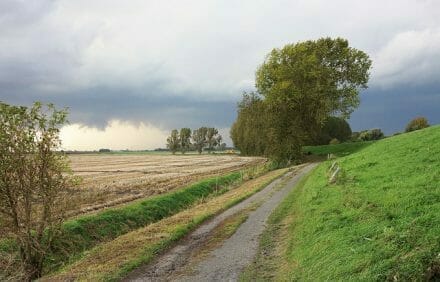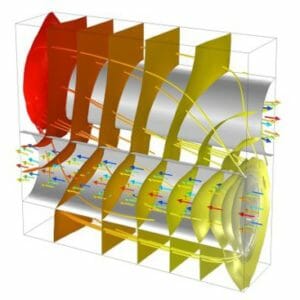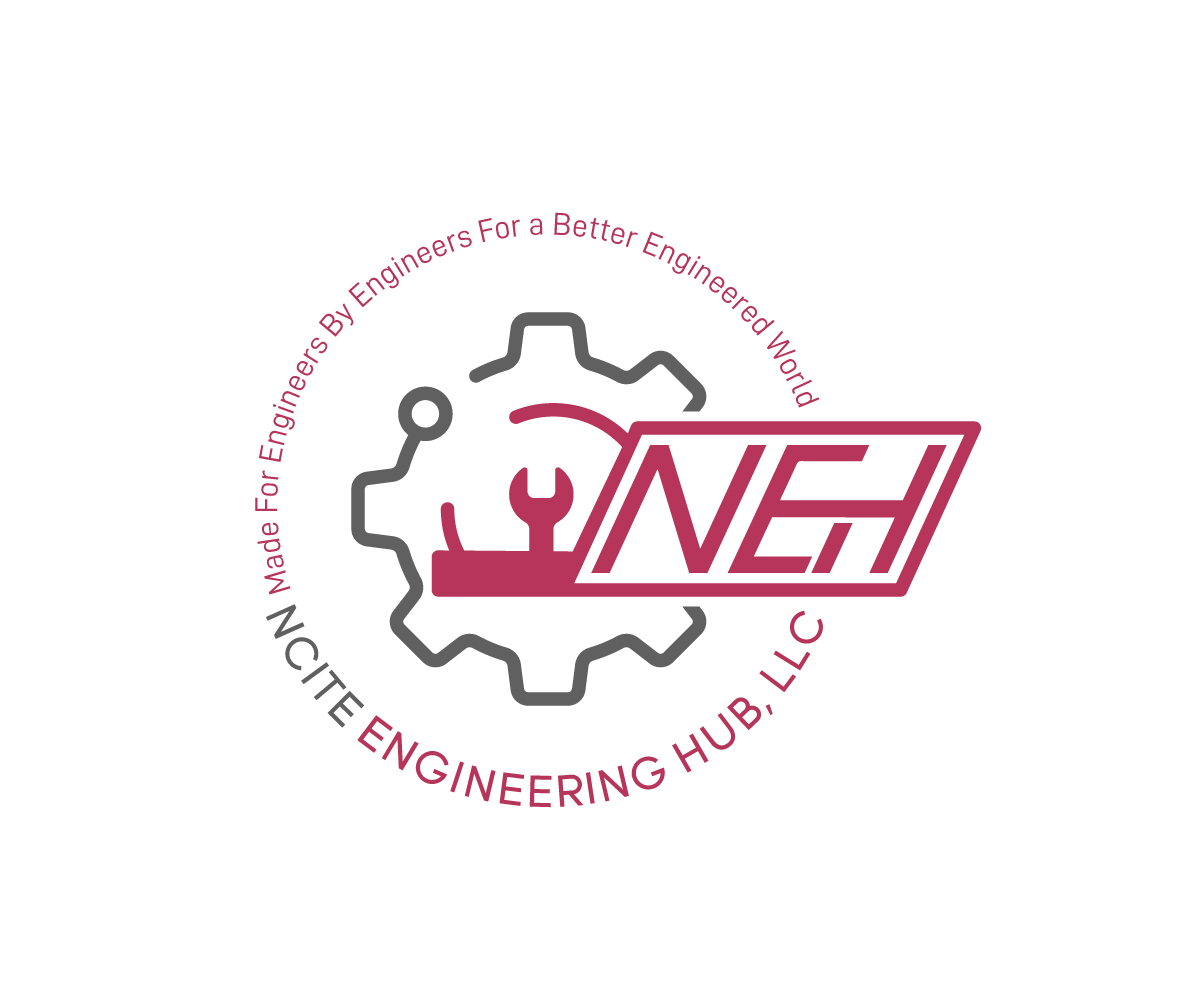Description
This course will introduce you to methods for controlling seepage and settlement in the construction of levees, and to generally acceptable guidelines for levee slopes. Without control, underseepage in pervious foundations beneath levees may result in (a) excessive hydrostatic pressures beneath an impervious top stratum on the landside, (b) sand boils, and (c) piping beneath the levee itself. Underseepage problems are most acute where a pervious substratum underlies a levee and extends both landward and riverward of the levee and where a relatively thin top stratum exists on the landside of the levee. Principal seepage control measures for foundation underseepage are (a) cutoff trenches, (b) riverside impervious blankets, (c) landside seepage berms, (d) pervious toe trenches, and (e) pressure relief wells.
Course Outline
1. FOUNDATION UNDERSEEPAGE
2. SEEPAGE THROUGH EMBANKMENTS
3. EMBANKMENT STABILITY
4. METHODS OF ANALYSIS
5. CONDITIONS REQUIRING ANALYSIS
6. MINIMUM ACCEPTABLE FACTORS OF SAFETY
7. MEASURES TO INCREASE STABILITY
8. SURFACE SLIDES
9. SETTLEMENT
10. SETTLEMENT ANALYSIS
After completion of this course you will have a basic understand of the construction of slope, settlement and seepage issues that need to be addressed when designing and constructing levees.
- Learn how and why underseepage occurs;
- Learn how to design and construct toe drains;
- Learn when to employ pressure relief wells;
- Learn about riverside blanks;
- Learn when landside seepage berms are recommended;
- Learn how impervious and sand berms are constructed; and
- Learn when sand perms are effective.
 E - 1107 Fundamentals of Fluid Flow
1 × $150.00
E - 1107 Fundamentals of Fluid Flow
1 × $150.00  E - 1113 Manning Equation - Open Channel Flow using Excel
1 × $100.00
E - 1113 Manning Equation - Open Channel Flow using Excel
1 × $100.00  E - 1124 Fuel Cells–Green Power
1 × $75.00
E - 1124 Fuel Cells–Green Power
1 × $75.00  E 1102 Valve Fundamentals
1 × $100.00
E 1102 Valve Fundamentals
1 × $100.00 

 E - 1107 Fundamentals of Fluid Flow
E - 1107 Fundamentals of Fluid Flow  E - 1113 Manning Equation - Open Channel Flow using Excel
E - 1113 Manning Equation - Open Channel Flow using Excel 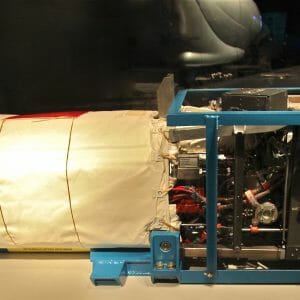 E - 1124 Fuel Cells–Green Power
E - 1124 Fuel Cells–Green Power 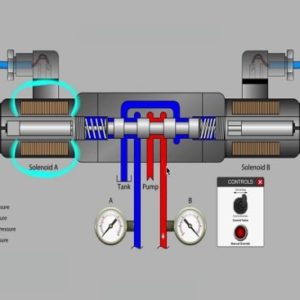 E 1102 Valve Fundamentals
E 1102 Valve Fundamentals 